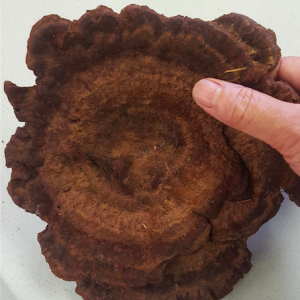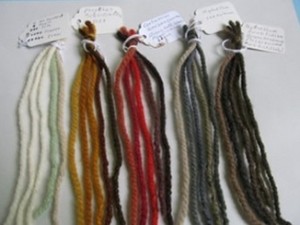Sunday Visit: Julie Beeler of Mushroom Color Atlas
For this week’s Sunday Visit we caught up with Julie Beeler of the Mushroom Color Atlas. Julie is a designer, artist, educator and Oregonian who grew up with a deep love for and curiosity about the natural world. Julie says she experiments with the unpredictability of plants and fungi by growing and harvesting, observing and foraging, as well as tethering herself to nature’s seasons. You might know remember Julie from her FEEDBACK FRIDAY presentation or her Mushroom Color Atlas poster and dye marks we sell. You might also just know here from taking one of her incredible classes. She has … Read more




